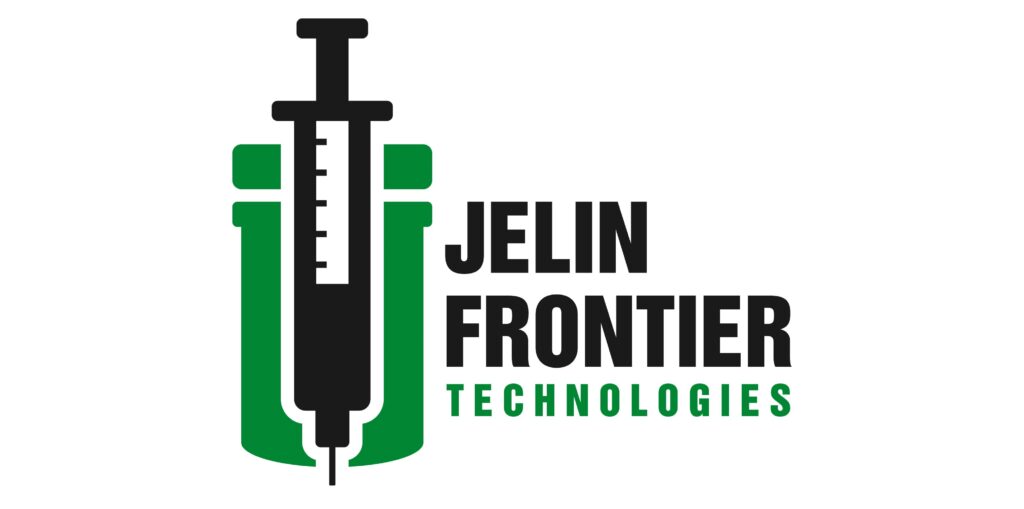The Role of Nanosensors in Chronic Illness Management
Managing chronic illnesses like diabetes requires meticulous glucose monitoring, traditionally involving invasive procedures such as frequent blood samples and finger pricks. However, recent advancements in nanotechnology are reshaping this landscape, offering a non-invasive and highly accurate alternative.
Nanosensors, with their ability to measure at the nanometer scale, are transforming glucose monitoring. Unlike traditional methods, nanosensors detect changes in optical, chemical, or electrical properties in physiological fluids like tears, saliva, and interstitial fluid, offering precise and rapid glucose level readings without the need for painful blood draws.
Researchers have explored various transducers, including frequency, chemiluminescence, optical fluorescence, and electric signals, to develop nanosensors capable of accurately and swiftly monitoring glucose levels.
One notable application of this technology is exemplified by Jelin Frontier Technologies, which is pioneering a compact, needle-like nanosensor for continuous glucose monitoring. Placed painlessly on the skin, this sensor tracks interstitial fluid glucose levels throughout the day and night, transmitting real-time data to a handheld electronic device via a mobile application. Users can easily monitor their glucose levels on an hourly, daily, and weekly basis, enabling informed decision-making regarding insulin dosages.
Key features of this innovative solution include high accuracy (>95%) in glucose detection, minimal invasiveness, consistent accuracy over time, smart glucose concentration control, and reduced human error in insulin dosage management. Additionally, the system provides realistic analysis of recorded data, empowering both patients and healthcare professionals with actionable insights for effective chronic illness management.
Nanosensors are revolutionizing glucose monitoring, offering a more convenient, accurate, and non-invasive approach to managing chronic illnesses like diabetes. As technology continues to advance, the future holds promising possibilities for further enhancing the effectiveness and accessibility of healthcare solutions.
